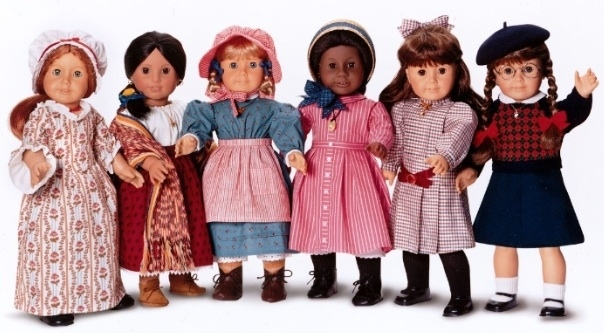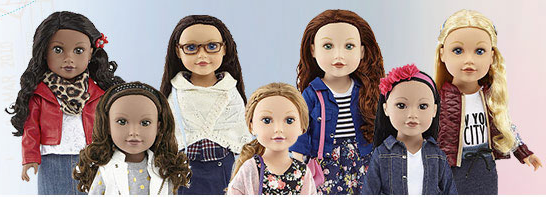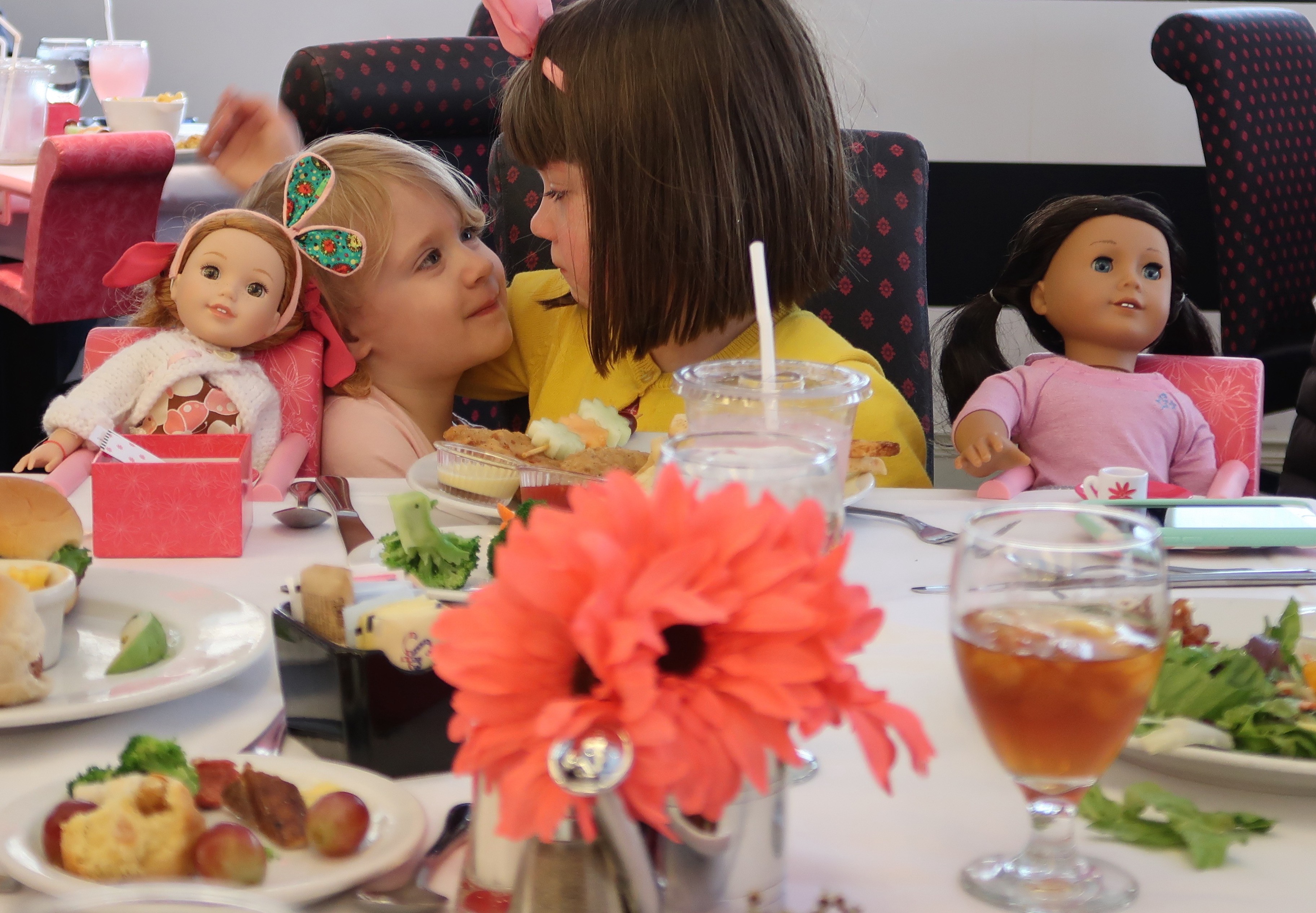What’s it going to take to get traction? “Make something people want.” “Minimum viable products.” “Talk to users and build features.” These are all common phrases used amongst those of us who are focused on building products. But I recently had a great reminder…
It’s amazing how much of a phenomenon American Girl is. If you aren’t familiar, in 1986, a woman named Pleasant Rowland launched a new doll company. She was fed up with the shallowness of Barbie and Cabbage Patch Kids.
Here I was, in a generation of women at the forefront of redefining women’s roles, and yet our daughters were playing with dolls that celebrated being a teen queen.
So she made her own. At first, everyone thought she couldn’t compete. But it turned out to be an instant success.
The dolls don’t stand out to me as better quality than other dolls we could buy. They’re not bad quality. But if you were to size one up against a Journey Doll at Toy R Us:


You might fail to spot any major differences.
Journey Dolls are marketed by Toys R Us. After 5 years, they’ve sold about 1 million dolls. That’s 200,000 Journey Dolls a year.
And according to American Girl stats, they’ve sold over 30 million dolls since 1986, or roughly more than 1,000,000 American Girl dolls each year.
This isn’t a knock against Journey Dolls, but why is American Girl doing so much better?
If you have a young daughter and have visited an American Girl store, the answer might be obvious to you.
A handful of weeks ago my niece was visiting from out of town. We brainstormed a bit on things to do with her, and having lunch at the American Girl store was at the top of the list.
Before lunch, walking through the store, we saw quite a few things I haven’t seen at a Toys R Us. You can make an appointment to get your doll’s hair done. Your doll, Julie, likes music from the 70s? Here’s a child sized room where you can experience Julie’s life by hanging out in an Egg Chair, listening to 70s music, watching lava lamps, and buy matching outfits.
And it’s not just about shopping for dolls. This American Girl store had an entire book store attached to it. Pleasant wanted her dolls to help teach girls the importance women have had on the world, so each original doll also had at least 6 books with deep backstories published along with it.
It wasn’t meant to blare from the shelves on its packaging or visual appeal alone. It had a more important message — one that had to be delivered in a softer voice.
Our lunch at American Girl wasn’t an ordinary lunch. It’s fancy. White table cloths. There’s multiple courses, starting with mini cinnamon rolls. Dolls get a special seat at the table and even their own cup and saucer. Didn’t bring a doll? You can borrow one of theirs.
Of course I recognize the marketing here. A girl without an American Girl gets to borrow a doll. It’s an addictive “free taste”.
But as a parent, this was something other than just spending money. It was a meal where my daughter and niece were fully engaged. A chance for us to bond while they get to inhabit a world of their choice.

American Girl was never just a doll. Equal, if not more, time has been spent not on the features of the doll, but on stories, messaging, lunches, and activities for the humans involved.
Pleasant realized that in order to get traction in a market as crowded as toys are, where no one thought she could succeed, instead of building products, she invented experiences.
And as I see my daughter grow, it becomes more and more apparent how independent she’s getting. I feel her pushing me away so she can do things herself. I cherish experiences like our lunch at American Girl.
P.S. Please help spread this by clicking the ❤ below.
You should follow my YouTube channel, where I share more about how we run our business, do product design, market ourselves, and just get through life. And if you need a no-hassle system to track leads and manage follow-ups you should try Highrise 🙂


